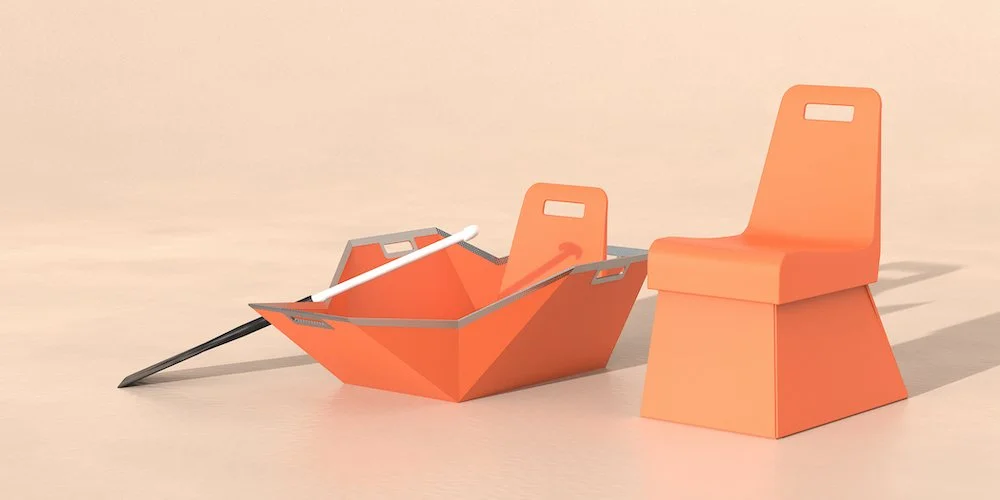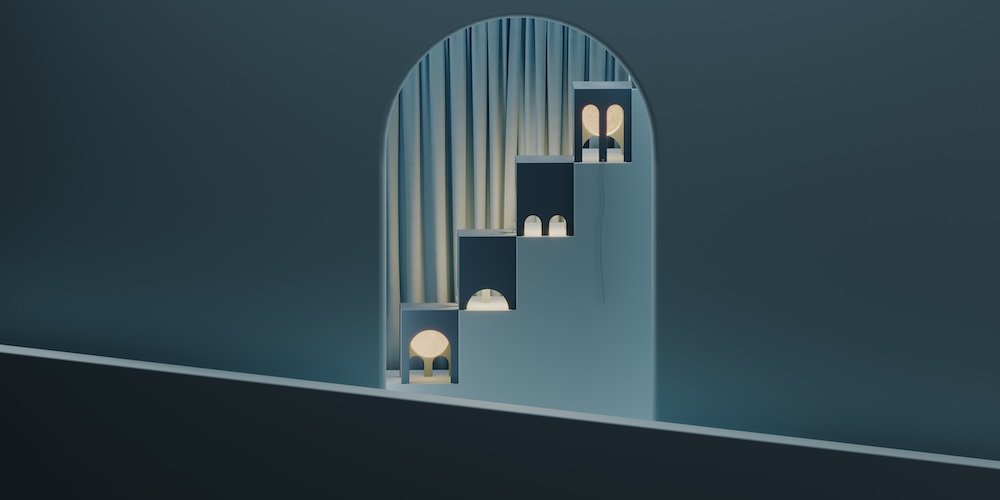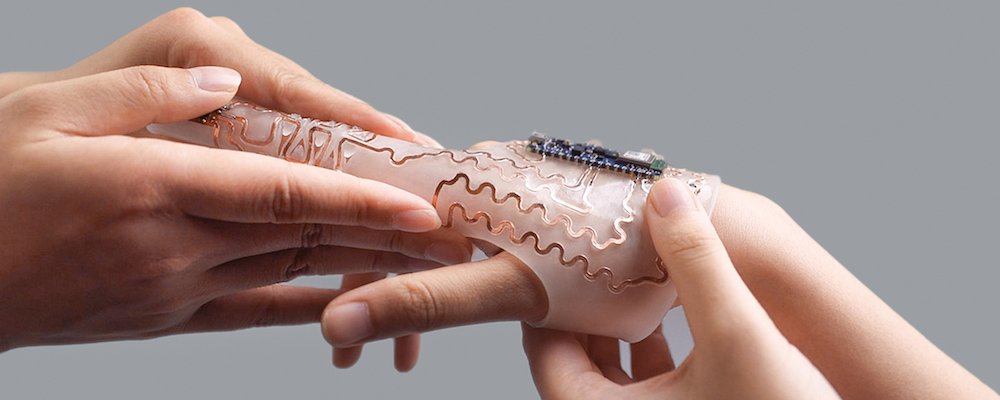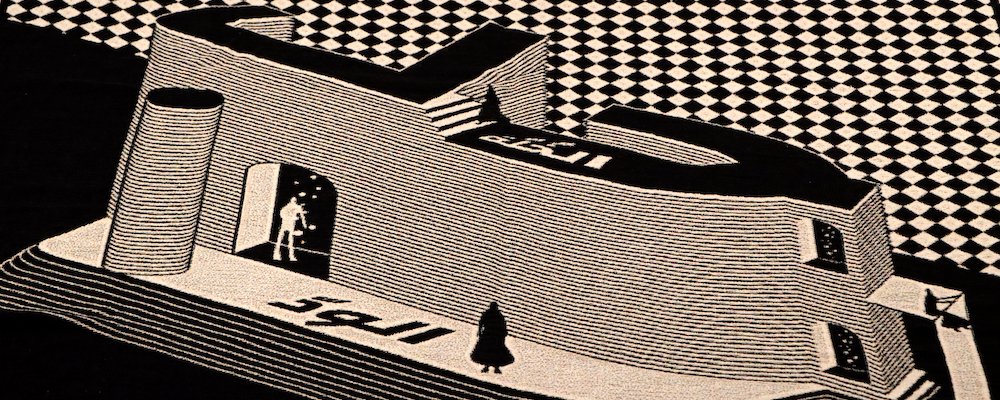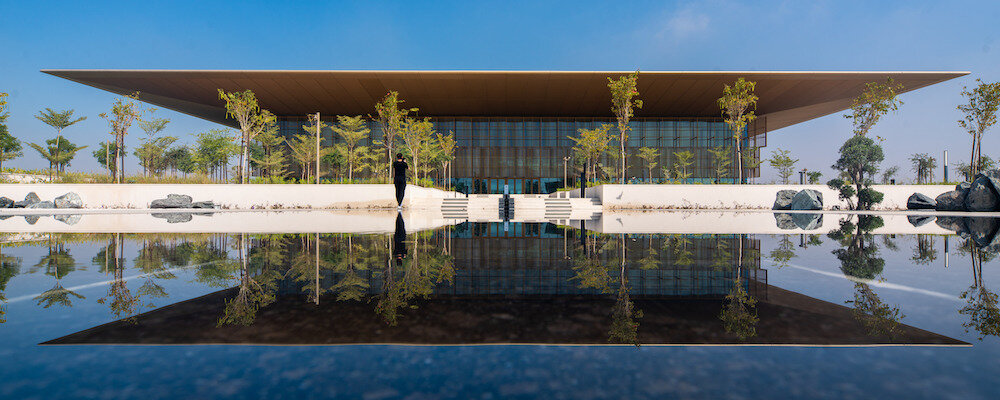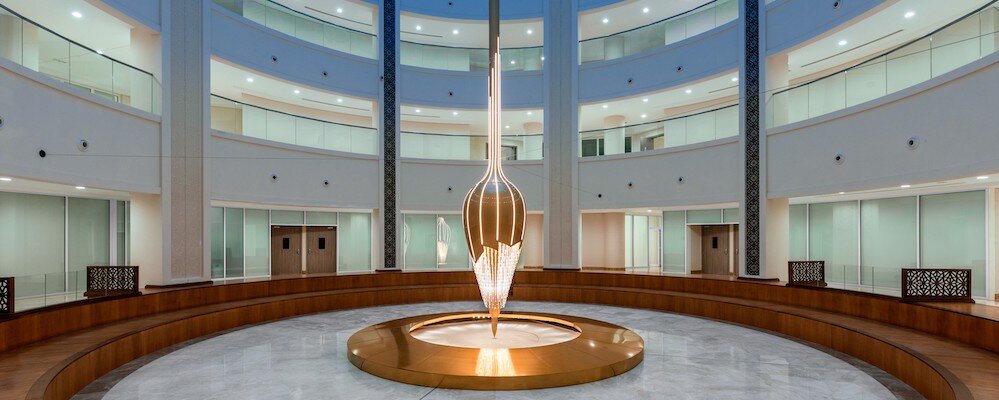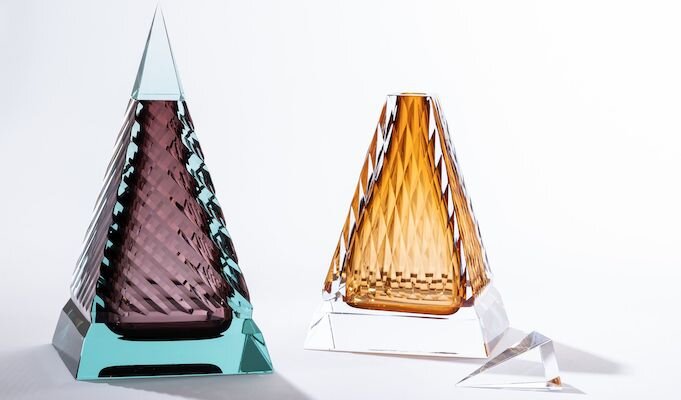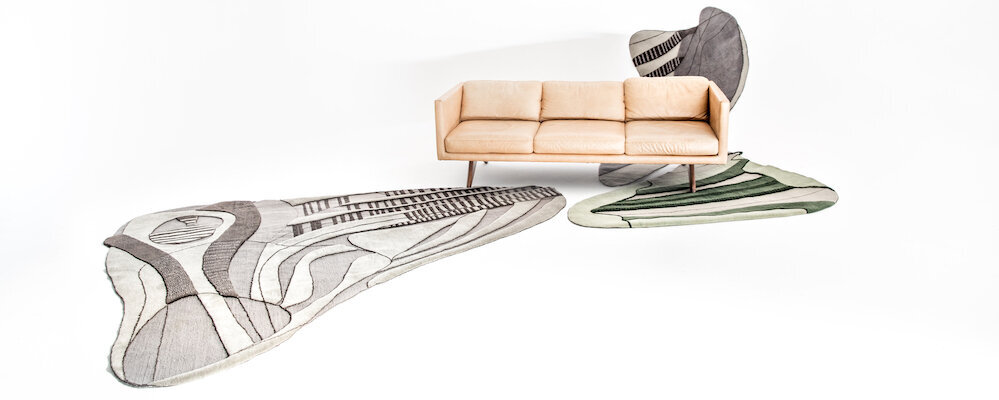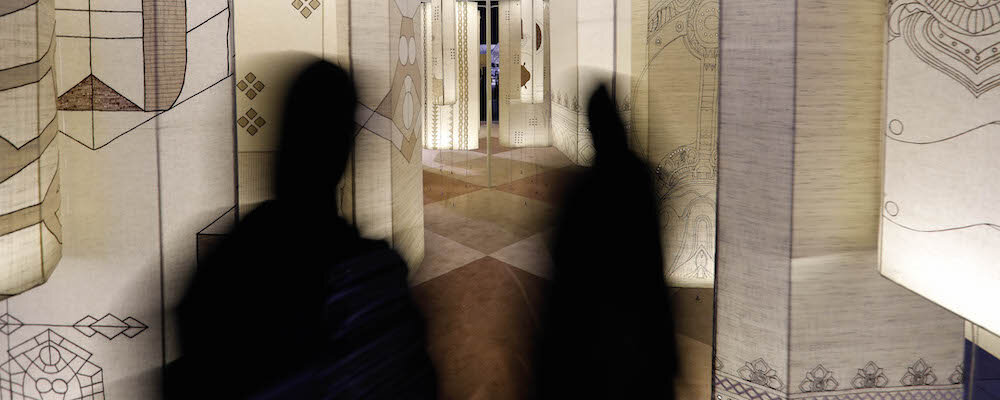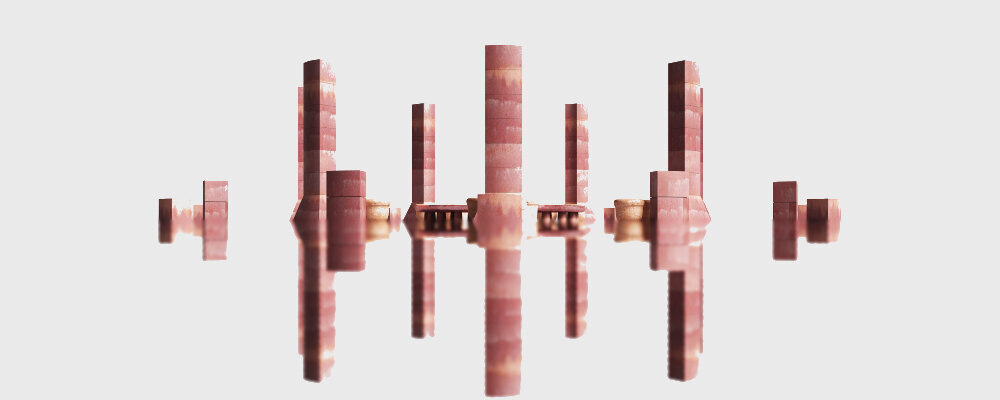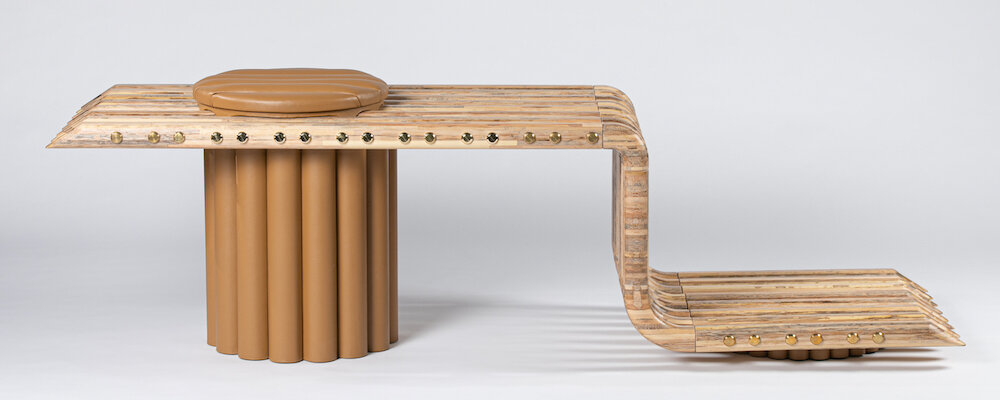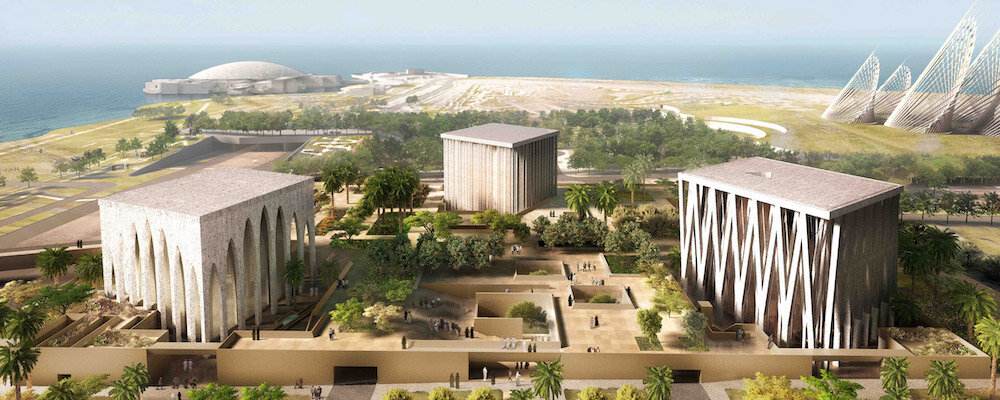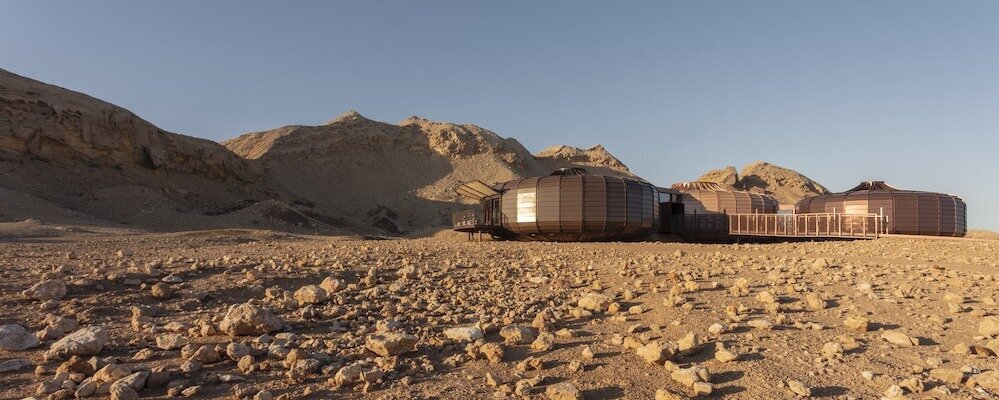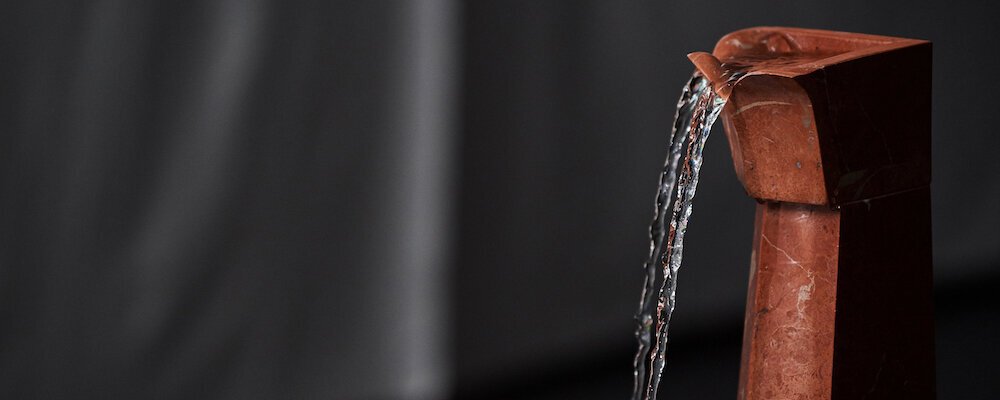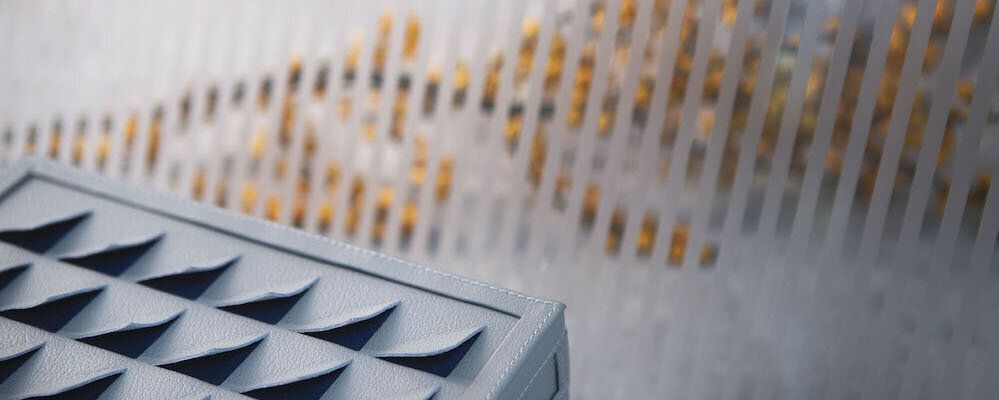Prototypes for Humanity
Engaging university talent across all science and creative disciplines from over 100 countries, the programme brings together trailblazing ideas, projects, and technologies, addressing critical challenges affecting us all. Through a wealth of input from first-rate academic work, the new event in Dubai acts as a magnifying glass, raising awareness of global problems while celebrating solutions and actions that have the power to solve them.
Through a series of programmes and activities, Prototypes for Humanity debuts to celebrate and advance ideas for positive social and environmental impact. Built around a gathering of exceptional academic talent and their respective 100 innovations hailing from all four corners of the globe, the initiative launches as the most diverse assembly of impact-driven innovations, affirming its mission to catalyse change and its belief in the power of academia and alliances to accelerate change.
Prototypes for Humanity evolves from the originally design-centric Global Grad Show exhibition. Having grown into a multidisciplinary platform beyond the showcase, and now equally concerned with real-life implementation, it inaugurates a new phase in partnership with Dubai International Financial Centre (DIFC), under the patronage of Her Highness Sheikha Latifa bint Mohammed bin Rashid Al Maktoum, Chairperson of Dubai Culture and Arts Authority and member of Dubai Council, and supported by Dubai Culture and A.R.M. Holding.
“Pollen” Copperbelt University, Zambia.
Data-based financial system for rural smallholders without bank accounts. Enabling farmers to carry out financial transactions by providing an ecosystem for payments and affordable micro-loans on a blockchain system.
Through an unmatched wealth of input from academic research, Prototypes for Humanity acts as a magnifying glass, raising awareness of global problems while celebrating solutions addressing them. Banking on the power of multi-stakeholder partnerships, it will look to validate the hypothesis that academic I.P., private and public sectors and venture-building experts can, together, build positive-sum impact solutions. In the context of ever-increasing pressure on communities and natural ecosystems worldwide, it will also seek to leverage its access to knowledge and talent to fuel action.
“Trashboom” Bergische Universität Wuppertal, Germany.
A floating barrier to prevent plastic waste in rivers entering the oceans – Low-cost and easily made from locally sourced materials, this floating barrier will dramatically reduce the 8 -12m tons of plastic that are currently entering the world's oceans every year.
This year's accompanying programme will include round-table meetings, debates, and workshops to map obstacles and outline incentives and the necessary mechanisms to allow high-potential innovation to migrate from university labs to the real world. The initiative will also engage the venture capital community, as well as private and institutional investors, including A.R.M. Holding, who launched a $2.7 million fund in 2019 to support social impact innovations.
“AkoFresh” - Kwame Nkrumah University of Science and Technology, Ghana.
Solar-powered cold storage solution reducing post-harvest losses. Technology addressing the current estimated 30-50% of local pre-market food wastage, creating value for farmers.
During the exhibition, open to the public on 16 & 17 November, 100 innovation projects will highlight key areas of interest for international students across all science and creative disciplines, including very topical subjects like energy and emergency relief, alongside ever-evolving challenges such as food production and access to healthcare.
“Apt” - Massachusetts Institute of Technology, U.S.A.
Accessible Pregnancy Test for the Visually Impaired – The FDA-approved test kit utilising vibration technology offers visually impaired women greater privacy and independence.
Students in over 450 universities from more than 100 countries have applied, hailing from the likes of the Oxford Medical School, M.I.T.'s aerospace engineering programme, and Harvard's School of Government, alongside research hubs from the Global South, including the University of Ibadan in Nigeria, University of Mexico Centro, Bakrie University in Indonesia, Cadi Ayyad University in Morocco, and the State University of Azerbaijan.
“Curio” - Dubai Institute of Design and Innovation, U.A.E.
Ed-tech device that enhances the learning experience for low-vision learners. Aid for children with low vision to facilitate engagement and active visual therapy for the child while assisting therapists in incentivising the process.
Among the trends identified in this year's applications, projects illustrate a shift in thinking about impact: from innovation for an uncertain future to urgent, more concrete, and quickly-deployable solutions anchored in viability. Furthermore, entries demonstrate that academic research is not happening in a vacuum but rather within a context of collaboration and opportunity, with clear influences from start- up culture that makes university projects noticeably grounded in the real world. Additionally, concepts directed at off-grid and self-reliant living illustrate a decreasing trust in the system.
“Noah” - De La Salle-College of Saint Benilde, Philippines.
Raft chair for households on floodplains. User-tested, lightweight, unpuncturable floating chair with onboard first aid kit and paddle, assisting rescuers and saving lives.
The 100 shortlisted submissions introduced as part of the 2022 Prototypes for Humanity programme in Dubai include:
Battery technology making carbon capture profitable – “Carbon Capture Battery” - University of Cambridge, UK. Solution to generate energy whilst capturing carbon, thus compensating for the cost of reducing emissions.
In-situ suicide prevention device for rural communities – “Survive” National Institute of Design Haryana, India. Low-cost devices requiring minimal training to help save lives and tackle high numbers of self-poisoning cases among farmers.
Smart helium-filled balloons for early forest fire detection – “Aerostat” - Middle East Technical University, Turkey. A mechanical and reusable smoke-sensitive helium tank that sends warnings through balloons that are also visible at night.
A cost-effective, accessible alternative to the traditional defibrillator – “Defi”Technion – Israel Institute of Technology, Israel. Easy-to-carry device to help treat cardiac arrest, the number one cause of global deaths, 80% of which happen at home.
Bicycle wheel attachments that filter the air – “GoRolloe” - London South Bank University, U.K. Using rider's motion and energy, these wheel attachments can drastically reduce city-level air pollution, with net-negative impact.
Full list here
Hero picture: “Thermowear” - Zhejiang University, China. Customised body-fitting orthoses with embedded sensors – “Thermowear” - Zhejiang University, China. Making smart orthoses more accessible, durable and adaptive by integrating electronics and meta-material structures with thermoplastics.






